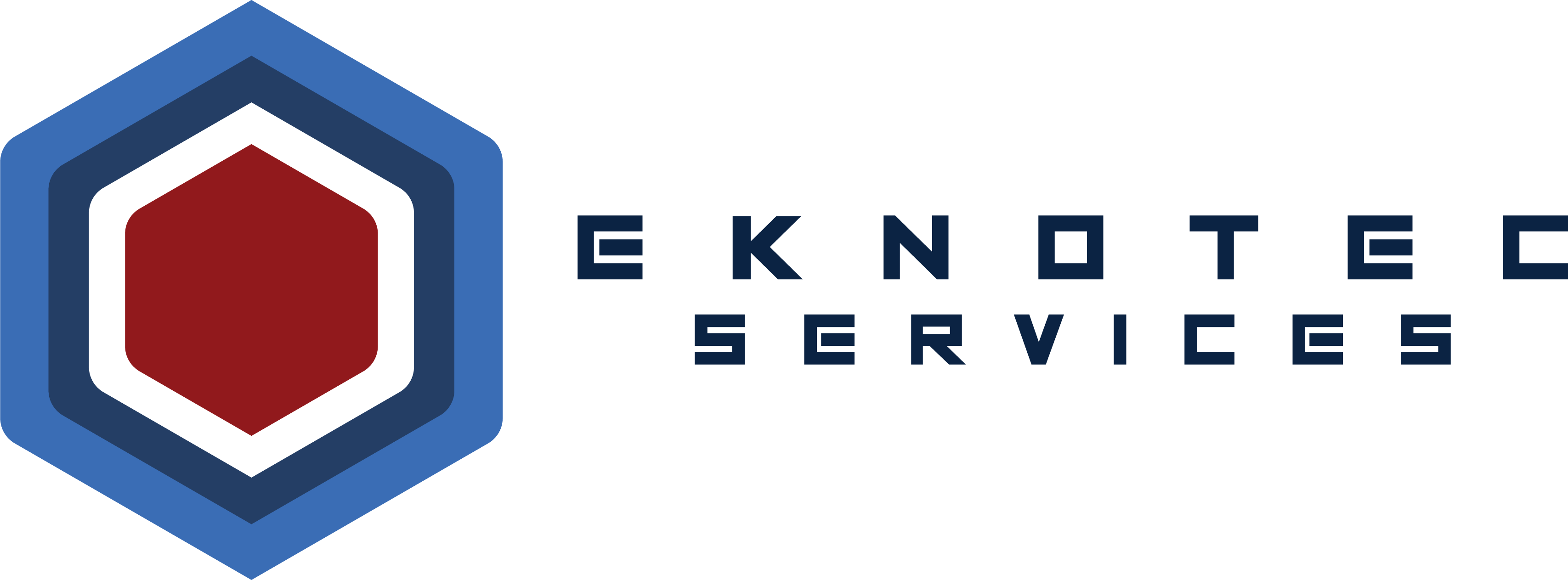Cyber Security Tip #1: Evaluating Your Current Cybersecurity Posture
Monday, October 19, 2020 - 14:19

The first step in improving your protection against cyberthreats is to understand exactly what it is that you need to protect.
Only after you have a good grasp on that information can you evaluate what is actually needed to deliver adequate security and determine what else needs to be addressed. You must consider what data you have, who may want it, and how sensitive it is to you.
What would happen if, for example, it were publicized on the Internet for the world to see?
Then you can evaluate how much you’re willing to spend — timewise and moneywise — on protecting it.
A valuable equation to determine risk to your data is outlined below.
Risk = Threats / Vulnerabilities
Learning how to identify ways you may be not be secure.
Your Home Computer may suffer from one or major types of potential problems relevant to cybersecurity:
- Breach: A hacker may have penetrated your home computer and be able to use it much as you can — view its contents, use it to contact other machines, leverage it as a staging ground from which to attack other machines and penetrate them, mine cryptocurrency, view data on your network, and so on.
- Malware: Similar to the dangers created by human invaders, a computerbased attacker — that is malware — may be present on your home computer, enabling a criminal to use the computer much as you can — view the computer’s contents, contact other machines, mine cryptocurrency, and so on — as well as read data from your network traffic and to infect other computers on your network and outside of it.
- Shared computers: When you share a computer with other people — including your significant other and your children — you expose your device to the risk that the other folks using it won’t practice proper cyber-hygiene to the same level that you do and, as a result, expose the device to infection by malware or a breach by some hacker or unintentionally inflict self-damage.
Your Mobile Phone from an information security standpoint, are inherently risky because they:
- Are constantly connected to the insecure Internet.
- Often have confidential information stored on them.
- Are used to communicate with many people and systems, both of which are groups that include parties who aren’t always trustworthy, via the Internet (which is also inherently not trustworthy).
- Often don’t run full-blown security software due to resource limitations.
Social Engineering - Every person in your family and social circle poses risks to you as a source of information about you that can potentially be exploited for social engineering purposes.
These are a few of the risk that you may need to identify.
Protecting against Risks
After you identify what you must protect, you must develop and implement appropriate safeguards for those items to keep them as secure as appropriate and limit the impact of a potential breach. In the context of home users, protecting includes providing barriers to anyone seeking to access your digital and physical assets without proper authorization to do so, establishing (even informal) processes and procedures to protect your sensitive data, and creating backups of all configurations and basic system restore points.
Basic elements of protection includes:
- Perimeter defense
- Firewall/router
- Security software
- Your physical computer(s)
- Backup
After you have evaluated what needs to be protected and put some safe guards in place it is time to share the word.


